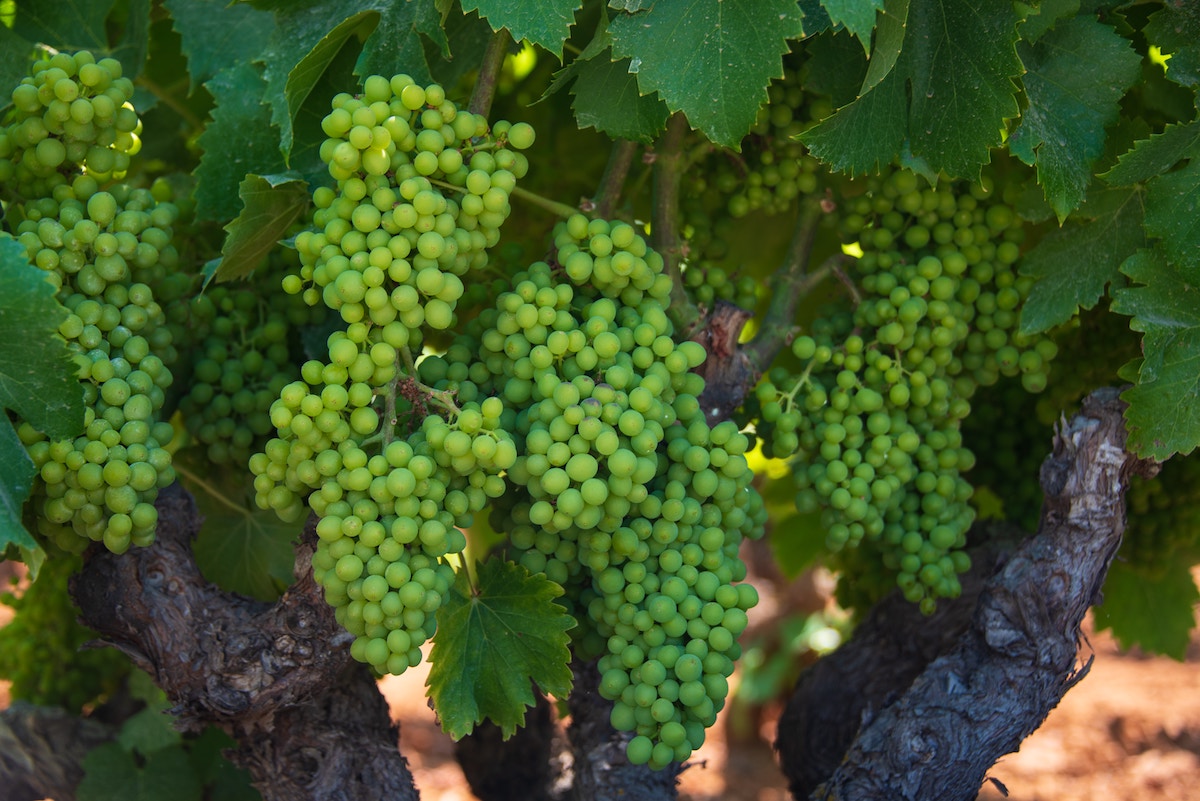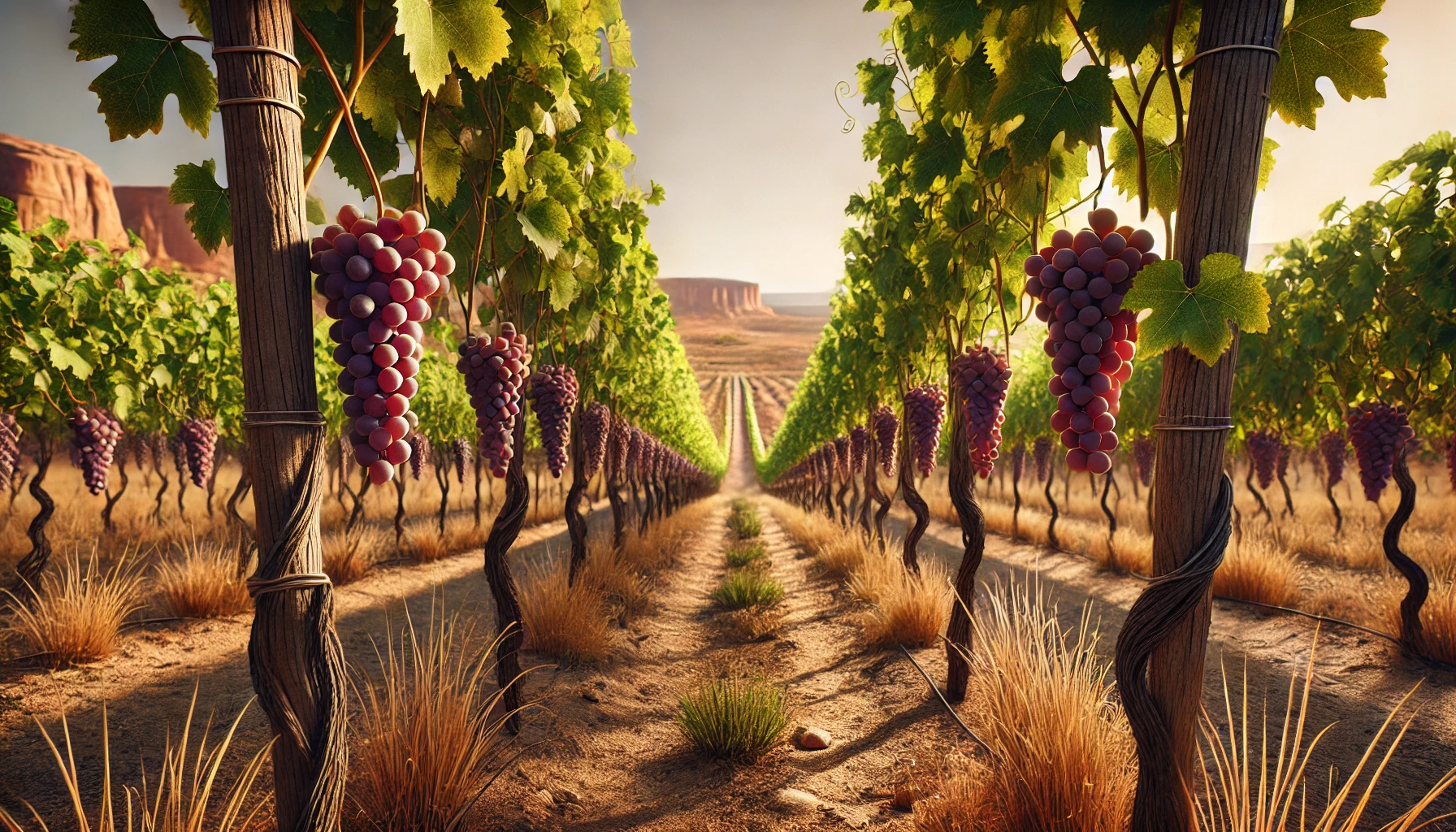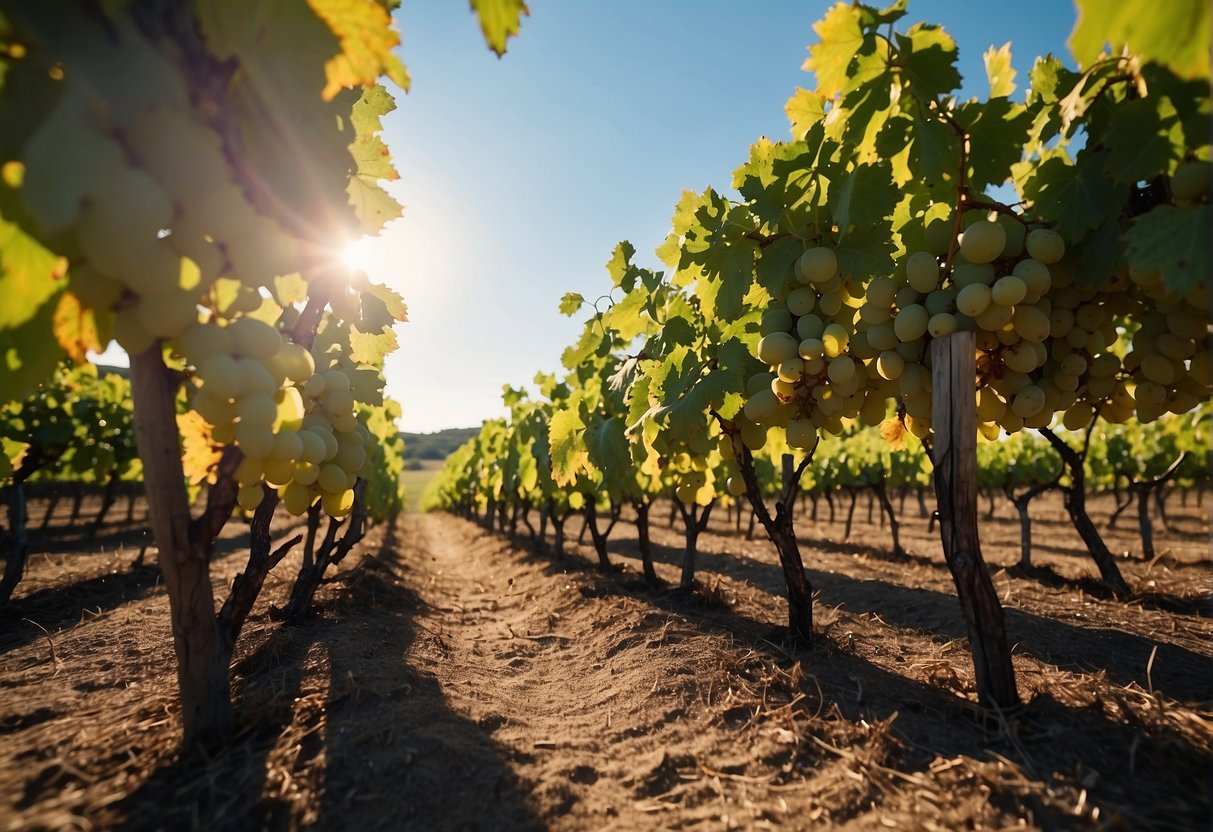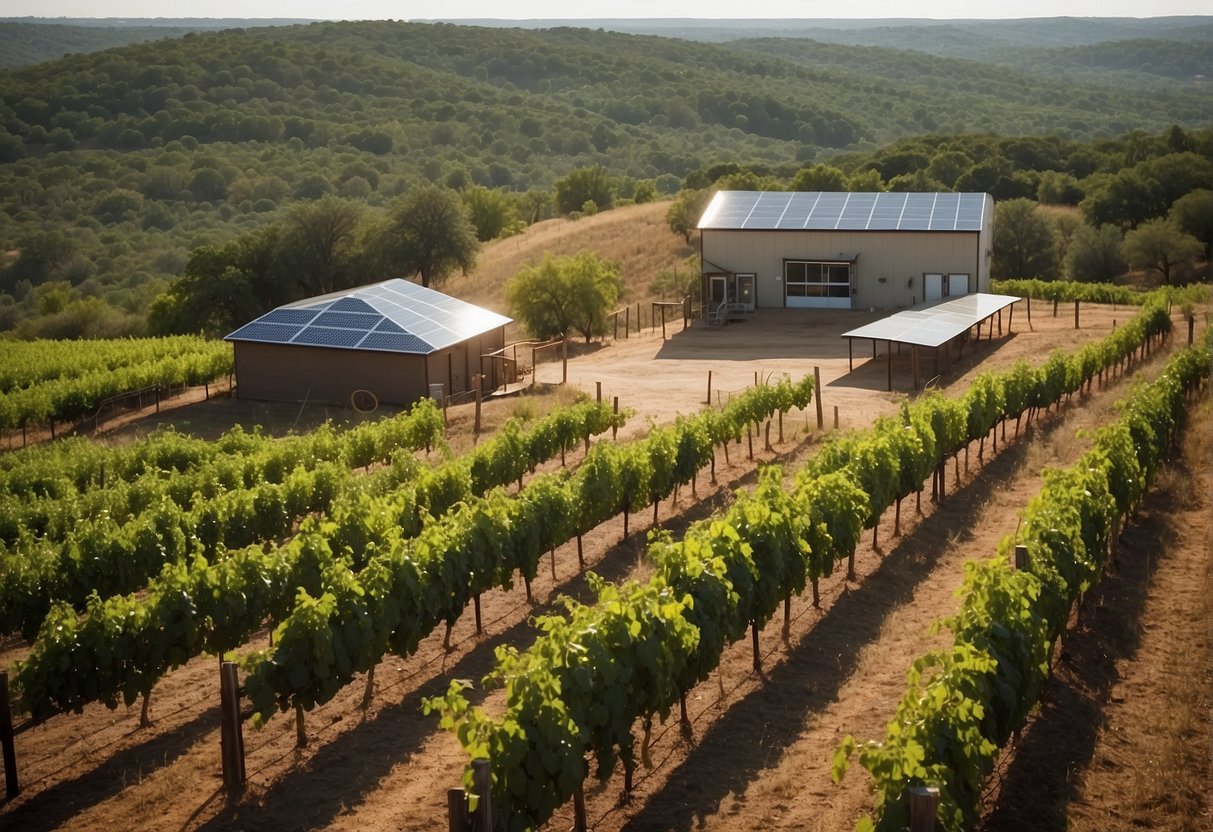
The Texas wine industry has experienced significant growth in recent years, contributing substantially to the state’s economy. As a leading wine-producing region in the United States, Texas plays an integral role in the national wine market. Ranking fifth in the U.S. for wine production, the Lone Star State adds a $13.1 billion boost to its economy, gaining prominence alongside renowned wine-making states such as California, Washington, New York, and Oregon.
The economic impact of the Texas wine industry goes beyond wine production itself, as it has become a major magnet for tourists and tourism-driven expenses. With regions like Texas Wine Country generating 2.02 million tourist visits and $685.86 million in annual tourism expenditures, it is clear that the industry is an important contributor to local economies and tax bases. As of 2017, the sector’s vitality has paved the way for unprecedented expansion and growth in subsequent years.
Looking ahead to 2023, the Texas wine industry is predicted to continue its upward trajectory, with the number of licensed wineries in the state approaching 1,000. This flourishing landscape, driven by dedicated winemakers and enthusiastic consumers alike, is poised to further solidify Texas’s position as a powerhouse in the American wine scene.
State of the Texas Wine Industry in 2023
The Texas wine industry has been consistently growing and making an impact on the state’s economy. As of 2023, the industry contributes more than $20.35 billion in economic value to the state. This considerable impact stretches throughout Texas and benefits businesses seemingly unrelated to the wine industry.
There are currently around 1,000 licensed wineries in Texas, covering a wide spectrum from large-scale producers to small boutique operations. Of these, 443 are considered to be core wine producers, dedicated exclusively to producing and selling wine.
In addition to the increasing number of wineries, Texas boasts 1,474 acres of vineyards, demonstrating the state’s commitment to the cultivation of grape varieties and the quality of its wines. These vineyards are distributed across different regions in Texas, each offering unique climate and soil conditions, shaping the character of the wines produced.
Texas wines have garnered both national and international recognition for their quality and diversity, attracting an impressive 2.02 million tourist visits to wineries each year. Alongside the boost to the economy, these visits contribute to a thriving wine culture, promoting consumer awareness and appreciation for the wines produced in the state.
An important aspect of the Texas wine industry’s growth is the collaboration among the Texas Wine and Grape Growers Association and various stakeholders, ensuring continuous improvement in production techniques, grape variety selection, and overall quality standards. This joint effort has led to the expansion of the Texas wine industry and guarantees its ongoing growth and success.
Despite challenges like the 2021 freeze and the pandemic, the Texas wine industry has shown resilience and continues to thrive, staying committed to creating exceptional wines that contribute significantly to the state’s economy and enrich its diverse culture.
Economic Impact on Texas
The Texas wine industry continues to make a significant impact on the state’s economy in 2023. This section will cover the industry’s contributions in terms of job creation, tourism, and tax revenues.
Job Creation
A thriving wine industry promotes employment opportunities in various sectors, including production, distribution, sales, and consumption. With over 400 wine producers and 1,400+ vineyard acres, the industry supports thousands of jobs throughout the state. This leads to an increase in wages and a positive impact on local economies.
Tourism
Wine tourism has become an essential part of Texas’ economy, with an increasing number of visitors seeking wine-focused experiences throughout the state. Many participants in the Texas Wine Industry have developed unique offerings, like winery tours, tastings, and special events, which attract enthusiasts and tourists. This boost in tourist activity results in increased spending on accommodations, dining, and other local businesses.
Tax Revenues
The growing Texas Wine Industry contributes significantly to the state’s tax base, both locally and federally. In 2022, the industry generated nearly $387.30 million in state and local taxes and $1.01 billion in federal taxes, resulting in a total of $1.40 billion. Consumption taxes also play a significant role in this revenue generation, ensuring a consistent cash inflow for the Texas government’s budget.
Key Wine Regions and Varietals
Texas has emerged as a significant wine-producing state, with its unique terroirs and grape varieties lending distinct flavors to its wines. Two major wine-producing regions in Texas are the Texas Hill Country and the Texas High Plains. These regions contribute to the state’s growing reputation as a top destination for wine enthusiasts.
Texas Hill Country
The Texas Hill Country is one of the most celebrated wine regions in the state, attracting over 2.02 million tourist visits annually. Home to picturesque hills and valleys, this region boasts of diverse microclimates and rich soils that nurture a variety of grape varietals. Situated around the beautiful Fredericksburg area, it is one of the largest American Viticultural Areas in the U.S.
Some of the most popular Texas wine grape varietals grown in the Hill Country include:
- Tempranillo: A red grape known for producing round, full-bodied wines with flavors of plum, cherry, and spice.
- Viognier: A white grape that gives off a floral and peachy aroma, producing rich and rounded wines.
- Pedernales: A grape variety indigenous to this region, producing wine with sophisticated, earthy flavors and soft tannins.
Texas High Plains
Located on a vast plateau in the northwest corner of the state, the Texas High Plains is another significant wine region in Texas. The region’s high altitude, dry climate, and sandy loam soils create favorable growing conditions for a variety of grape varietals.
Some of the key Texas wine grape varietals flourishing in the High Plains region are:
- Cabernet Sauvignon: A classic red grape variety producing full-bodied, structured wines with bold fruit flavors and firm tannins.
- Chardonnay: A versatile white grape variety that can produce everything from crisp, unoaked wines to rich, buttery examples aged in oak.
- Sangiovese: A red grape known for its bright red cherry and strawberry flavors, with high acidity and medium tannins, making it a versatile food-pairing option.
Both Texas Hill Country and Texas High Plains showcase the incredible diversity of Texas wine regions and the promise of their unique grape varietals. The continued growth and development of these regions will help cement Texas’s position as a major player in the wine industry, both in the U.S. and on the world stage.
Growth Facilitators and Challenges
Supportive Programs
Texas has introduced several programs to facilitate the growth of the wine industry. One such event is Newsom Grape Day, which fosters networking and education among grape growers and wineries. Another popular initiative is Grape Camp, aimed at educating winegrowers on the latest viticulture practices and advancements.
Additionally, organizations such as VineRoots and Dr. B Talks Texas Wine are working to ensure better advocacy and representation for the Texas wine industry. These efforts, combined with the findings of the Economic Impact Study, are crucial in helping the industry grow and thrive.
Environmental Factors
The Texas wine industry’s success also relies on navigating the challenges posed by environmental factors, including harsh weather conditions such as hail and freezes. While cotton has traditionally been a high-value crop in the region, winemakers like McPherson are shifting their focus to wine grapes, which have proven resilient and able to produce quality wines despite the challenging climate.
However, increased herbicide usage has presented new challenges for the industry, potentially affecting the health and productivity of wine grapes. Faced with these obstacles, Texas winegrowers and industry leaders must continue investing in research and education to ensure ongoing growth and success in 2023 and beyond.
Impact on Related Industries
Farming Operations
The Texas wine industry’s $20 billion in total economic activity benefits multiple sectors of the state’s economy, including farming operations. The industry supports more than 1,400 vineyard acres that provide a strong foundation for the growth and success of Texas wineries. These farming operations create livelihoods for numerous farmers, fostering economic growth and stability in the state.
Additionally, the adoption of sustainable practices, such as early crop thinning to improve wine quality, has the potential to decrease costs and create new markets for wineries and farmers alike.
Packaging and Transportation
Wineries also have a significant impact on the packaging and transportation sectors in Texas. Manufacturing of wine bottles, labels, and other packaging materials are closely linked to the wine industry’s growth, benefiting local businesses specializing in these products. The packaging sector also provides opportunities for creativity in design and branding, resulting in demand for printing and advertising services.
As Texas wine production continues to thrive, so does the need for efficient and reliable transportation services. Wineries rely on transportation providers to distribute their products to retailers and consumers throughout the state and beyond. This increased demand for transportation services creates jobs and strengthens local economies.
In summary, the Texas wine industry generates a notable economic impact on various related industries, such as farming operations, packaging, and transportation. By supporting these sectors, the industry not only contributes to the state’s economic growth but also fosters innovation and local job creation.
Recent Events and Future Outlook
COVID-19 Pandemic Impact
The COVID-19 pandemic posed significant challenges to the Texas wine industry in 2023, as it did to many industries worldwide. Despite these setbacks, the industry remained strong, with over 500 wineries and 5,140 acres dedicated to grape production 1. In addition, the Texas wine industry generated more than $20 billion for the American economy in 2022, and it is expected to continue growing 2. Local economies, such as those in the Texas Hill Country and the Texas High Plains, rely on the wine industry for tax revenues and job opportunities.
Bayer and other agricultural organizations played a role in supporting cotton farmers and other agricultural producers during the pandemic. Likewise, the Texas Wine Foundation worked to bolster the industry through efforts such as the Lone Star International Wine Competition 3.
Direct-to-Consumer Sales
During the pandemic, many Texas wineries shifted focus to direct-to-consumer (DTC) sales to mitigate losses from decreased in-person tasting room visits and events. For example, Pedernales Cellars in the Texas Hill Country adapted their sales methods to cater to new consumer preferences and offset pandemic-induced losses 4.
This shift has led to an increase in e-commerce across the industry, with Texas winemakers offering virtual tastings and online wine sales. As a result, DTC sales have become an increasingly vital aspect of the Texas wine market, contributing significantly to the industry’s resilience and growth 5.
In conclusion, the Texas wine industry has demonstrated adaptability and strength during challenging times, such as the COVID-19 pandemic. The expansion of DTC sales has contributed to the industry’s stability and future growth prospects.
Footnotes
-
https://www.dallasnews.com/food/drinks/2022/05/18/13-billion-boom-5-reasons-texas-wine-is-entering-its-best-era-yet/ ↩
-
https://wineamerica.org/economic-impact-study/texas-wine-industry/ ↩
-
https://www.kvue.com/article/money/economy/boomtown-2040/central-texas-wine-booming-industry/269-1357ffa1-82ba-47bf-90ef-ec67c15a3f38 ↩
-
https://agrilifetoday.tamu.edu/2022/12/14/wine-sustainability/ ↩



